Latests posts
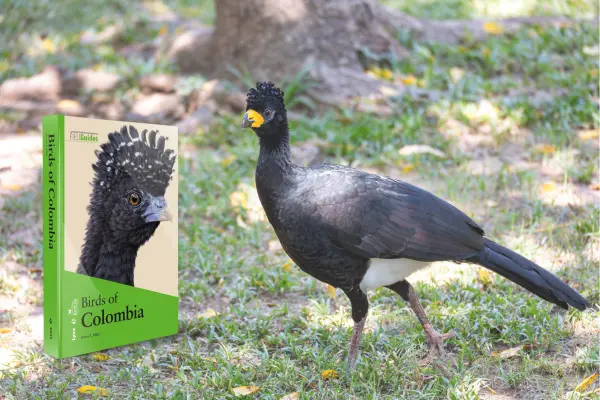
Birds of Colombia: A Journey Through the World’s Most Bird-Rich Nation
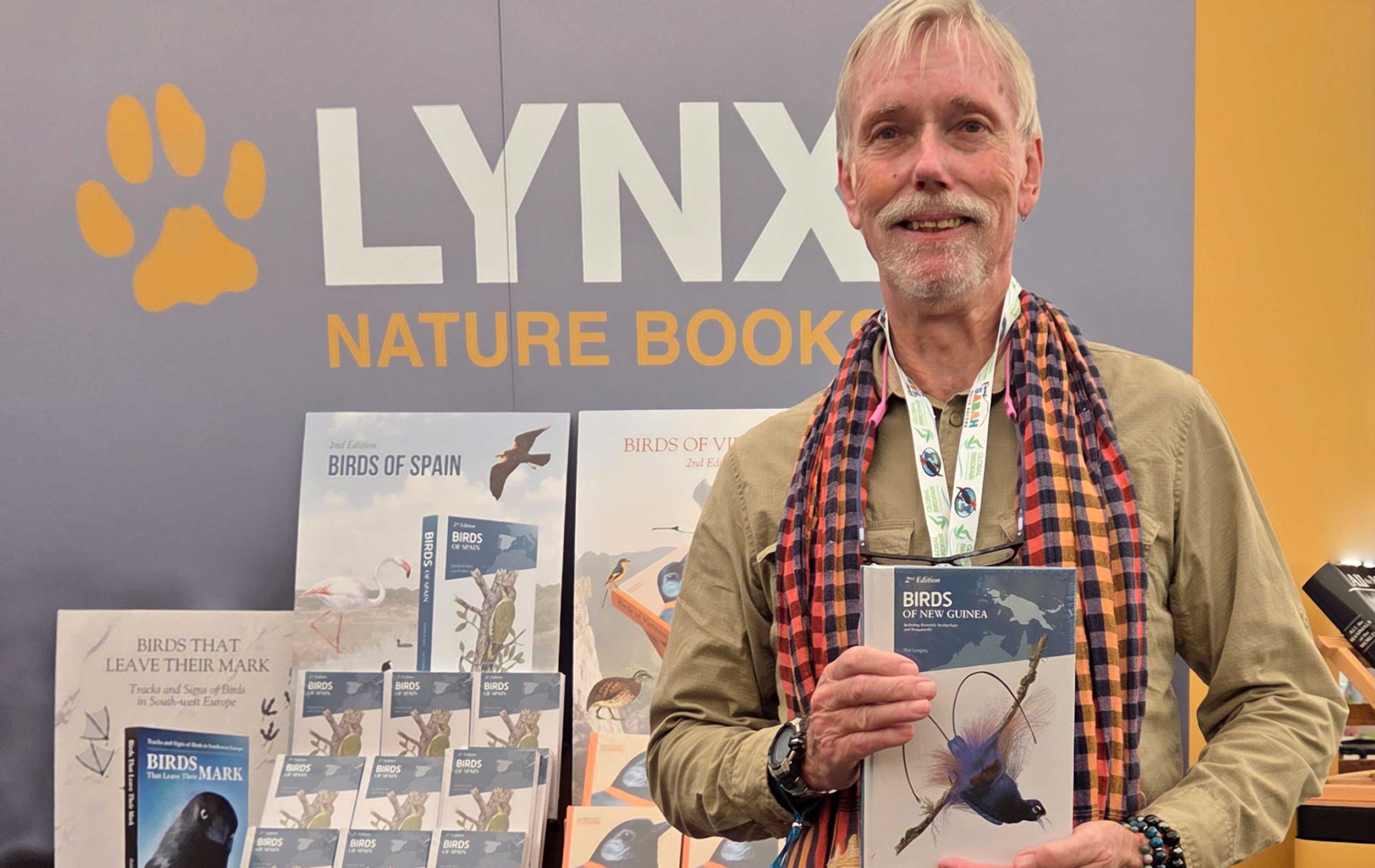
Birds of paradise and beyond: the new edition of Birds of New Guinea

Birdwatching in Spain: a guide to species, habitats and the joy of birding

Vietnam’s birds revisited: an interview with Richard Craik on the new edition of Birds of Vietnam

Seabirder, author and artist Peter Harrison discusses “SEABIRDS: The New Identification Guide”
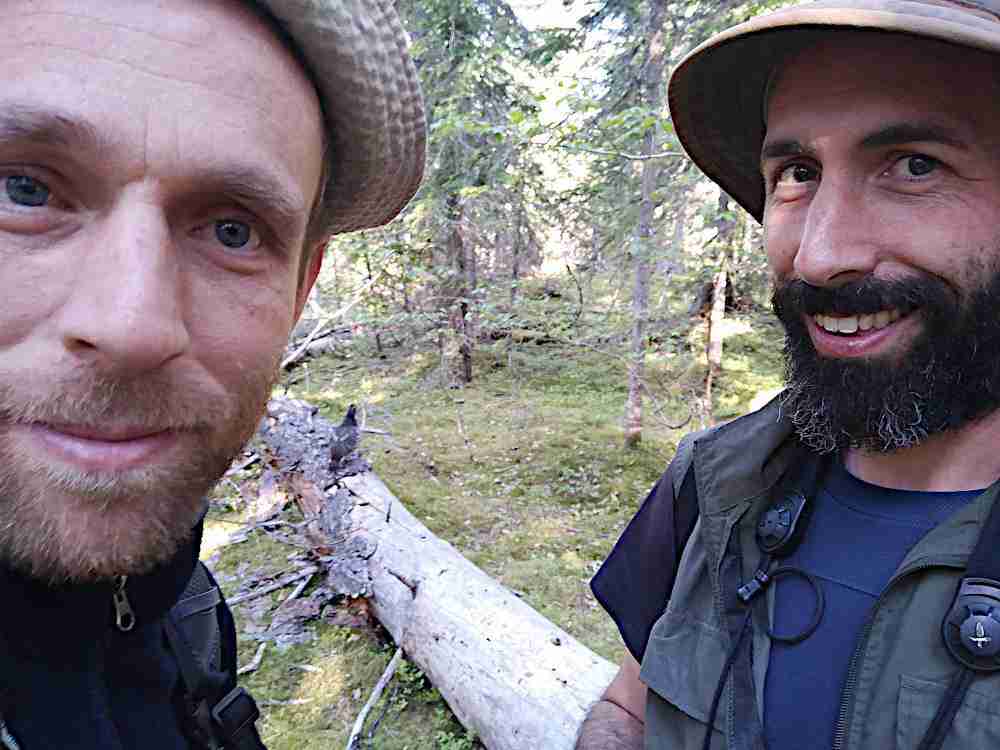
Once bitten, twice shy: between the covers of the second edition of the Birds of the Indonesian Archipelago
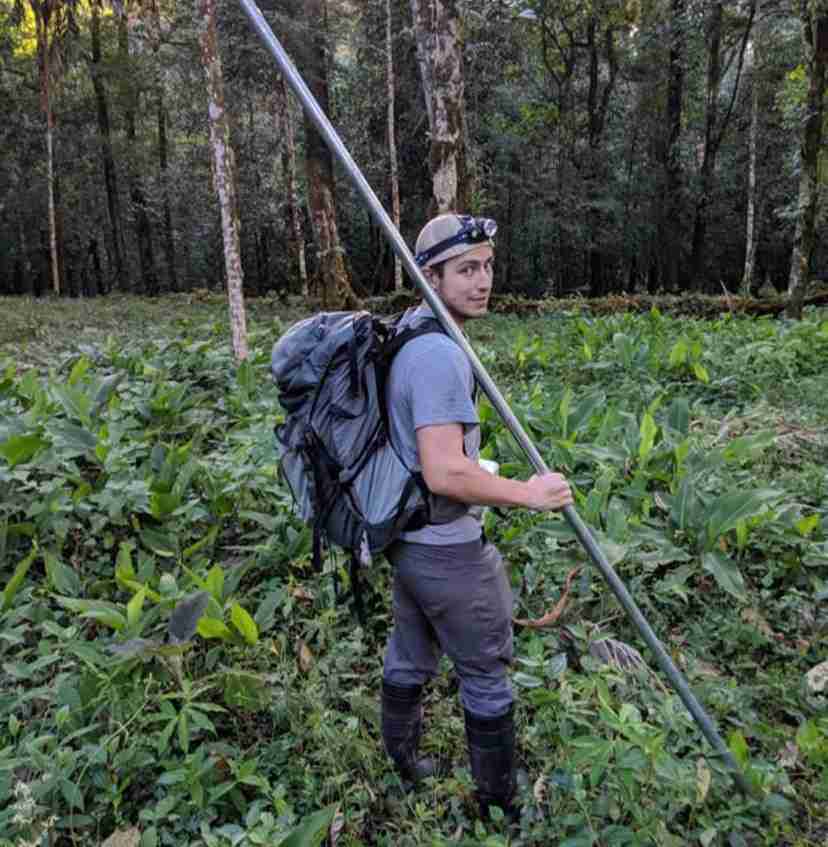
Taming the wild world of mammalian taxonomy with Connor Burgin
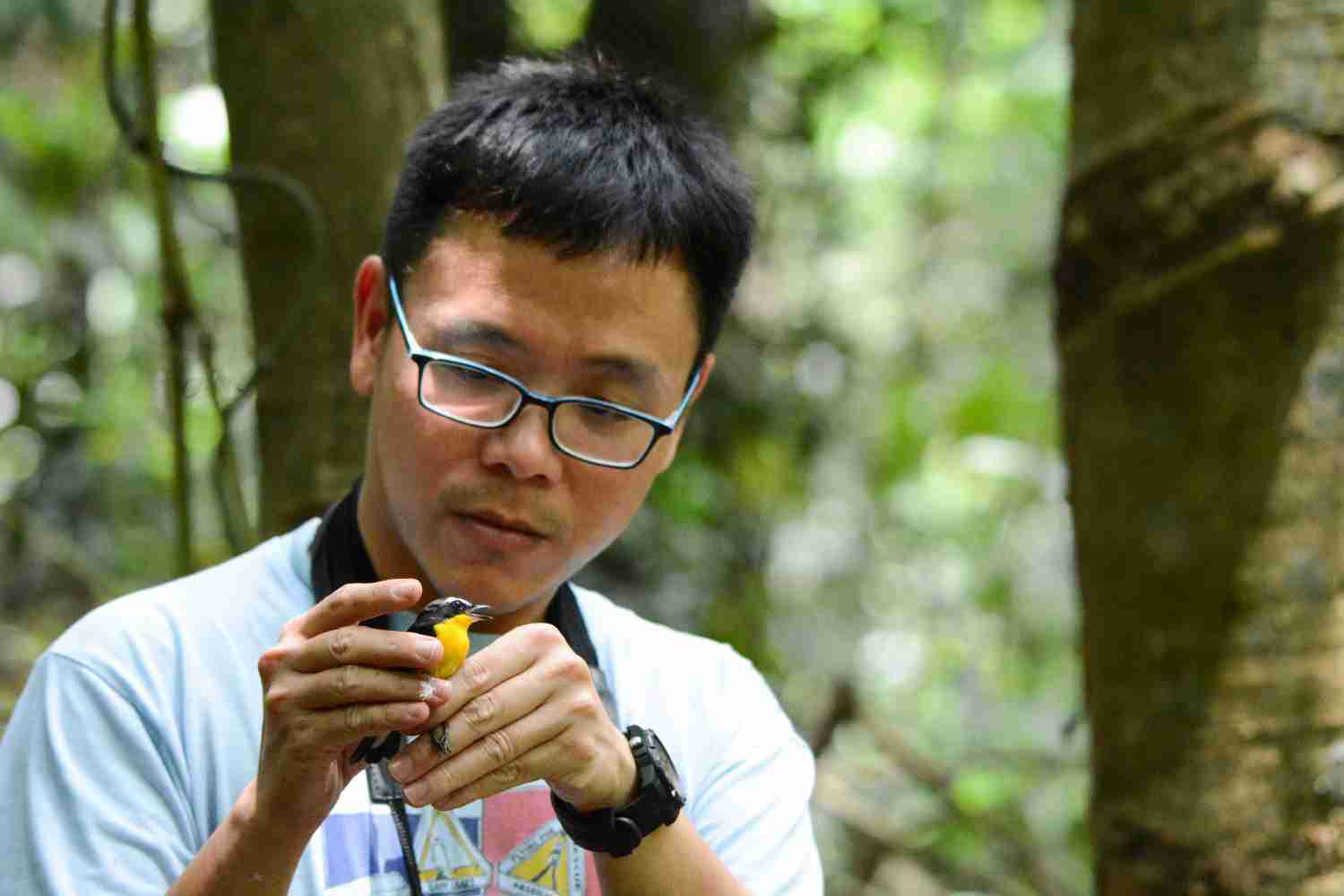
Discover the birds of Malaysia with Chong Leong Puan
Why books matter for nature: the role of scientific publishing in conservation
From the lush biodiversity of tropical rainforests to the stark expanses of Arctic tundra, the natural world continues to amaze us with its richness and complexity. Yet, this same biodiversity is under increasing threat. In the face of these challenges, scientific publishing plays a vital—though sometimes overlooked—role in helping us understand and protect the planet. Books, especially those that combine scientific depth with visual and editorial excellence, are not just vessels of information: they are instruments of conservation.
Books as a foundation for understanding biodiversity
Books are durable, accessible, and globally influential tools for disseminating knowledge. In the field of biodiversity, scientific publications have helped define species, map their distributions, assess conservation status, and promote best practices for habitat protection. They serve as a stable, trustworthy record of life on Earth, essential in an era when data is abundant but often ephemeral or inconsistent.
In recent years, the rise of science communication, or SciCom, has highlighted the need to bridge the gap between the scientific community and broader society. Scientific publishing plays a central role in this effort, translating complex research into structured, engaging formats that can reach broader audiences. A well-made book can serve as both a reference and a source of inspiration. It is not far-fetched to hope that a young reader, leafing through a regional field guide or a mammal checklist, might one day find in its pages a future path, or even a lifelong commitment to conservation.
At Lynx Nature Books, we have long understood that knowledge is the foundation of conservation. This belief inspired the creation of our flagship series, the Handbook of the Birds of the World and the Handbook of the Mammals of the World. From the beginning, our aim was to bring together the best available information on the world’s bird and mammal species and present it in a way that would serve not only scientists, but also conservationists, birders, naturalists, and anyone with a serious interest in wildlife.
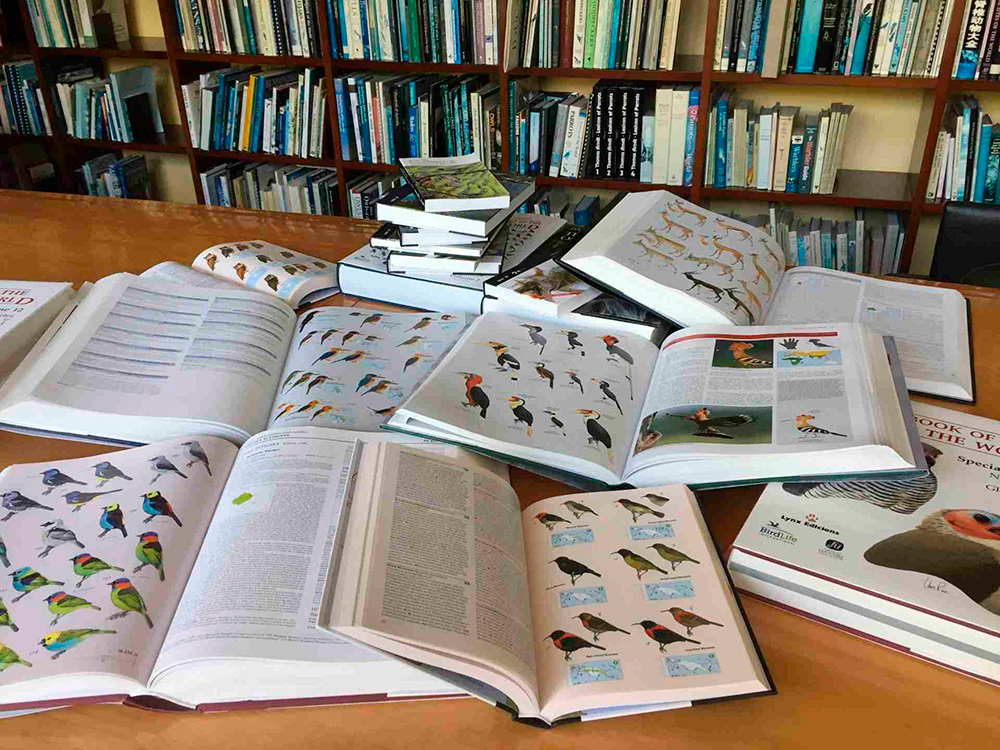
From the beginning, we have aimed to help fill meaningful gaps in global biodiversity knowledge. By offering comprehensive coverage across entire taxonomic groups, our books have made it possible to access information on species that were previously scattered, hard to find, or undocumented in any meaningful way. In doing so, they provide a solid foundation for future research and conservation, drawing attention to areas where knowledge is still limited. This commitment continues to shape the direction of our catalogue today.
Beyond data: the role of visual language
One of the hallmarks of Lynx’s publications is their use of both scientific illustration and photography. These visual elements are central to how we present knowledge, spark curiosity, and build a connection between readers and the natural world. From large-scale reference works to compact field guides, illustrations and photographs enhance the way we perceive and relate to biodiversity. They help convey the uniqueness of each species and invite closer observation, bridging the gap between information and experience.
Some of our titles, however, approach nature from a more reflective or artistic perspective. Books such as Ornithographies or Portfolio 1 – Photographs and stories of extraordinary birds are not field tools in the traditional sense, but invite readers to explore nature through movement, form, and light. These works engage the senses and emotions, reminding us that connection with nature is not only analytical but also sensory, intuitive, and affective.
This balance between scientific precision and sensory experience is a defining feature of our publishing philosophy.
Our illustrated field guides—such as the recently updated second edition of Birds of Vietnam and the forthcoming second edition of Birds of New Guinea—distill complex knowledge into portable, user-friendly formats. By collaborating with local experts and partnering with international conservation organizations, we ensure these books are both globally relevant and locally grounded. They serve birders, ecotourism operators, community leaders, and policymakers alike, offering practical tools to help protect local wildlife.

Books as catalysts for conservation
Scientific publishing does not just support research and education, it shapes how we see and value the natural world. The HBW and BirdLife International Illustrated Checklist of the Birds of the World is one such example. It has become a global reference for conservation organizations, governments, and taxonomists. Other projects, like the Illustrated Checklist of the Mammals of the World and our regional mammal checklists—including Neotropical Primates or Mammals of Madagascar—are designed to strengthen regional knowledge, raise awareness and support local conservation efforts.
By providing standardised, illustrated references, these books make accurate species identification possible—an essential first step in assessing populations, recording new sightings, and informing conservation strategies. In areas with limited field capacity, they often serve as a foundation for species visibility, protection measures, and informed decision-making.
Inspiring future generations
Books also play a powerful role in passing knowledge from one generation to the next. For many naturalists, the first encounter with a field guide sparks a lifelong fascination with wildlife. This connection—rooted in the clarity of texts and illustrations, the precision of maps, and the care taken in editorial presentation—all contribute to nurturing a conservation mindset.
At Lynx Nature Books, we see this kind of engagement as just as important as the facts themselves. Our field guides are designed to make expert knowledge accessible and practical for anyone interested in observing and identifying wildlife, whether they are taking their first steps in wildlife observation or bringing years of experience to the field.
Looking ahead: books with a purpose
In a world increasingly shaped by the noise and speed of digital feeds and fleeting content and artificial intelligence, the depth and permanence of a well-made book remain unmatched. As biodiversity faces mounting pressures, scientific publishing stands as both a witness and a safeguard. Books inform, empower, and inspire. They document the natural world not just for researchers, but for anyone who wants to understand and protect life on Earth.
At Lynx Nature Books, we remain committed to our mission: making reliable knowledge available to all who care about nature. With every book we publish—whether a global reference or a practical field guide—we aim to support those working to study, protect, and celebrate biodiversity.
And as we look to the future, we are preparing to explore new ground—this time with a different class of animals. Our next major undertaking will shift the spotlight onto another remarkable lineage, one that has been crawling, swimming, and basking in the sun for over 300 million years.
Stay tuned.








 Copyright 2025 © Lynx Nature Books
Copyright 2025 © Lynx Nature Books